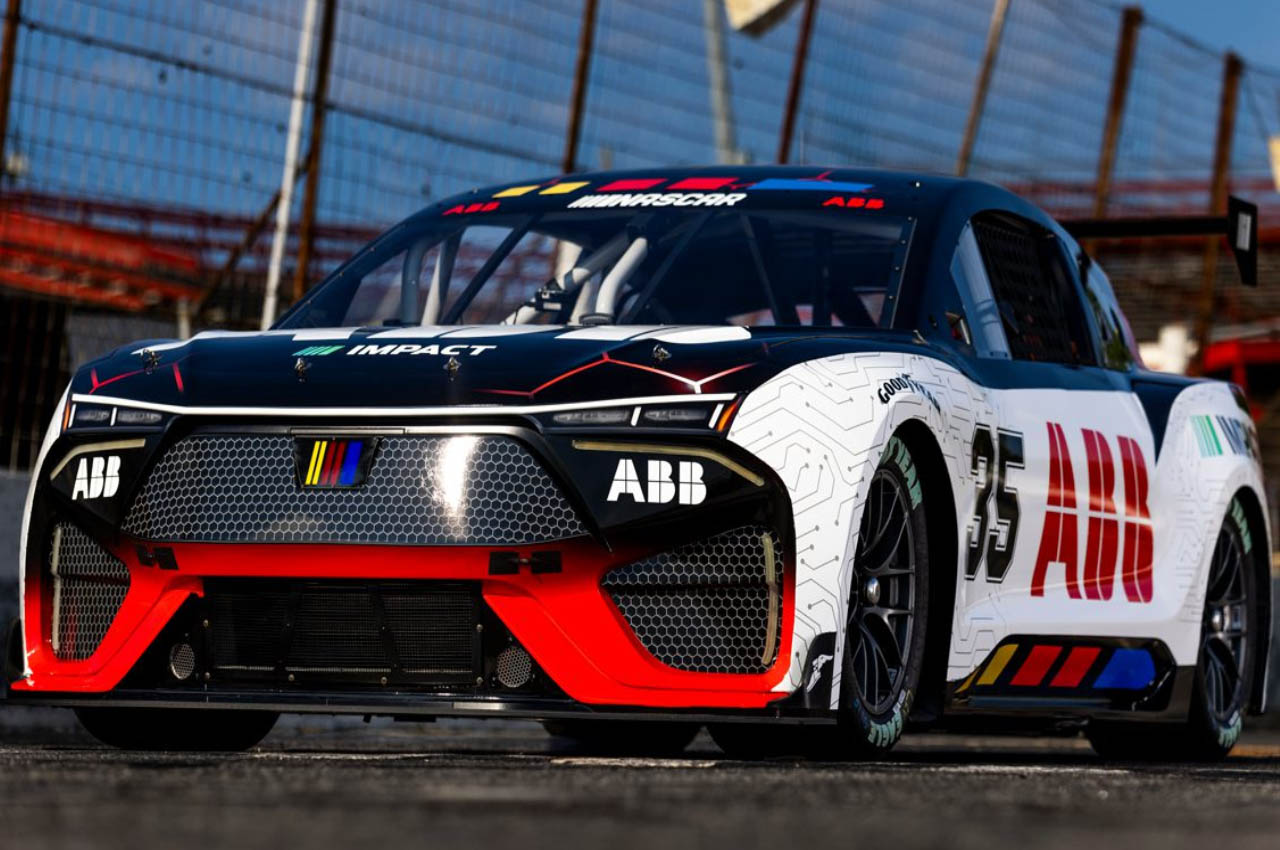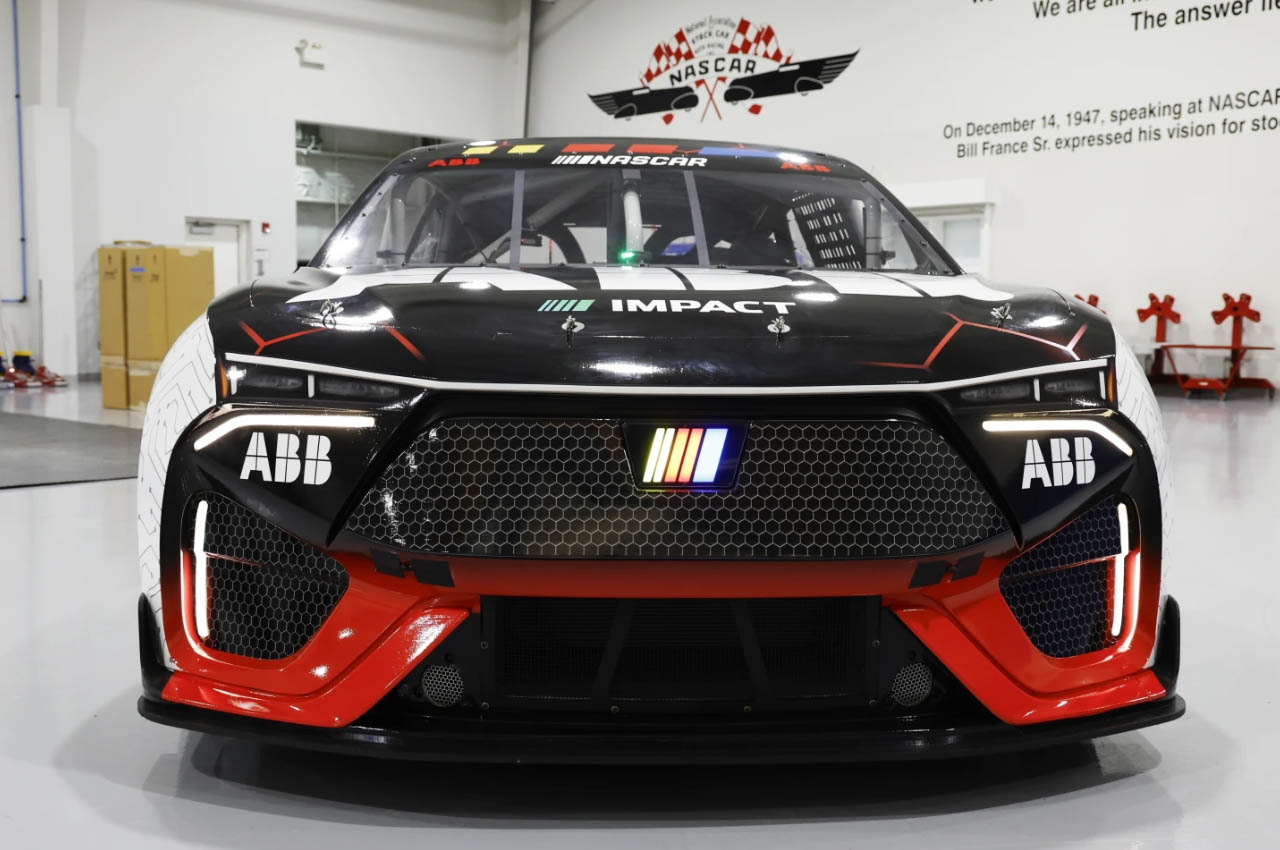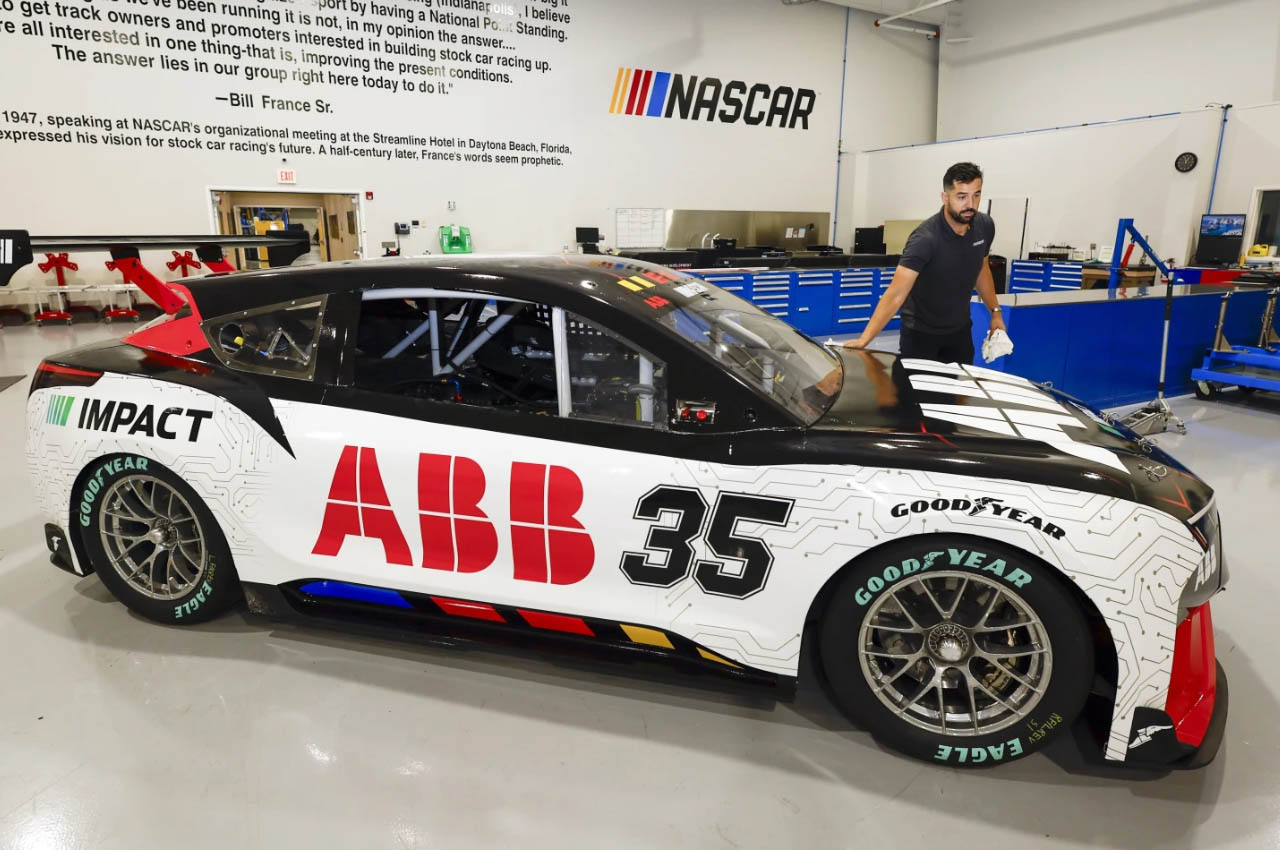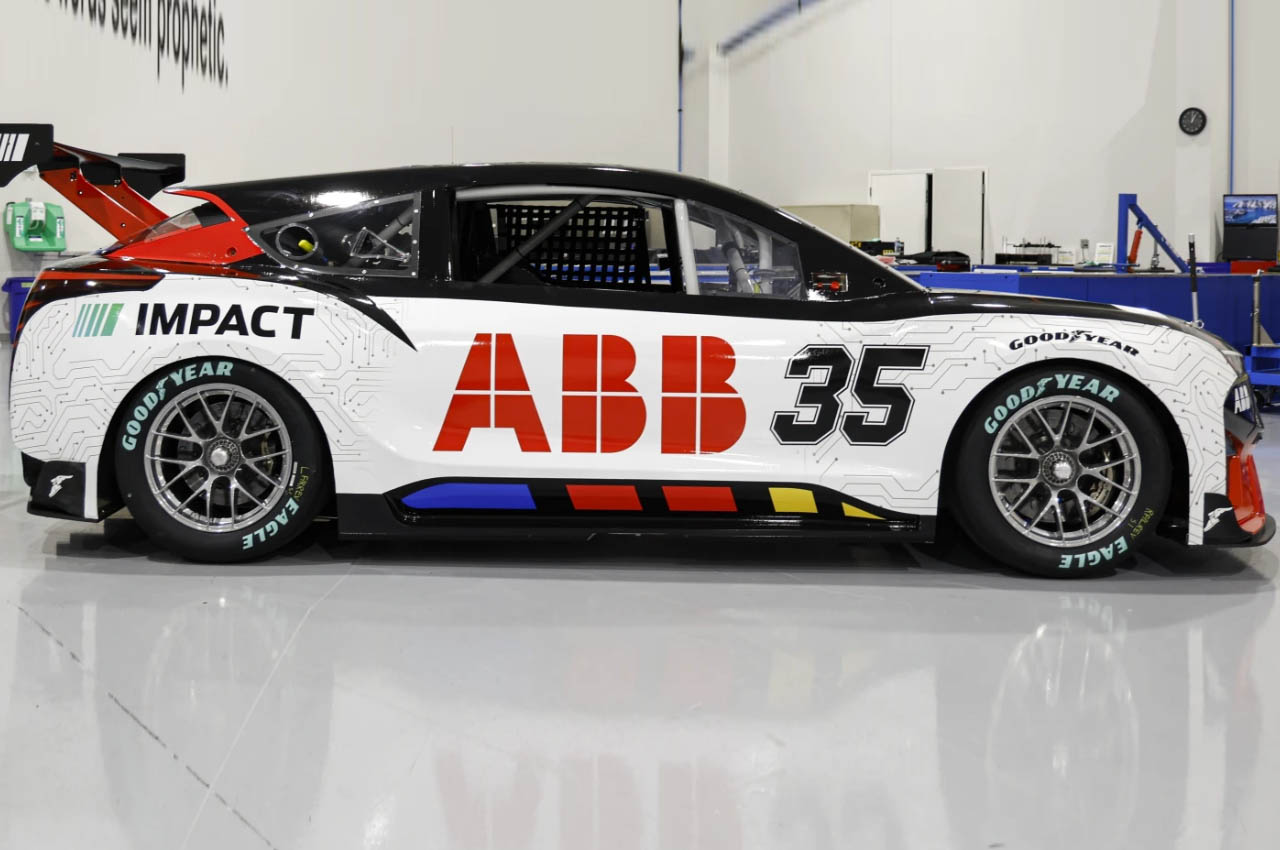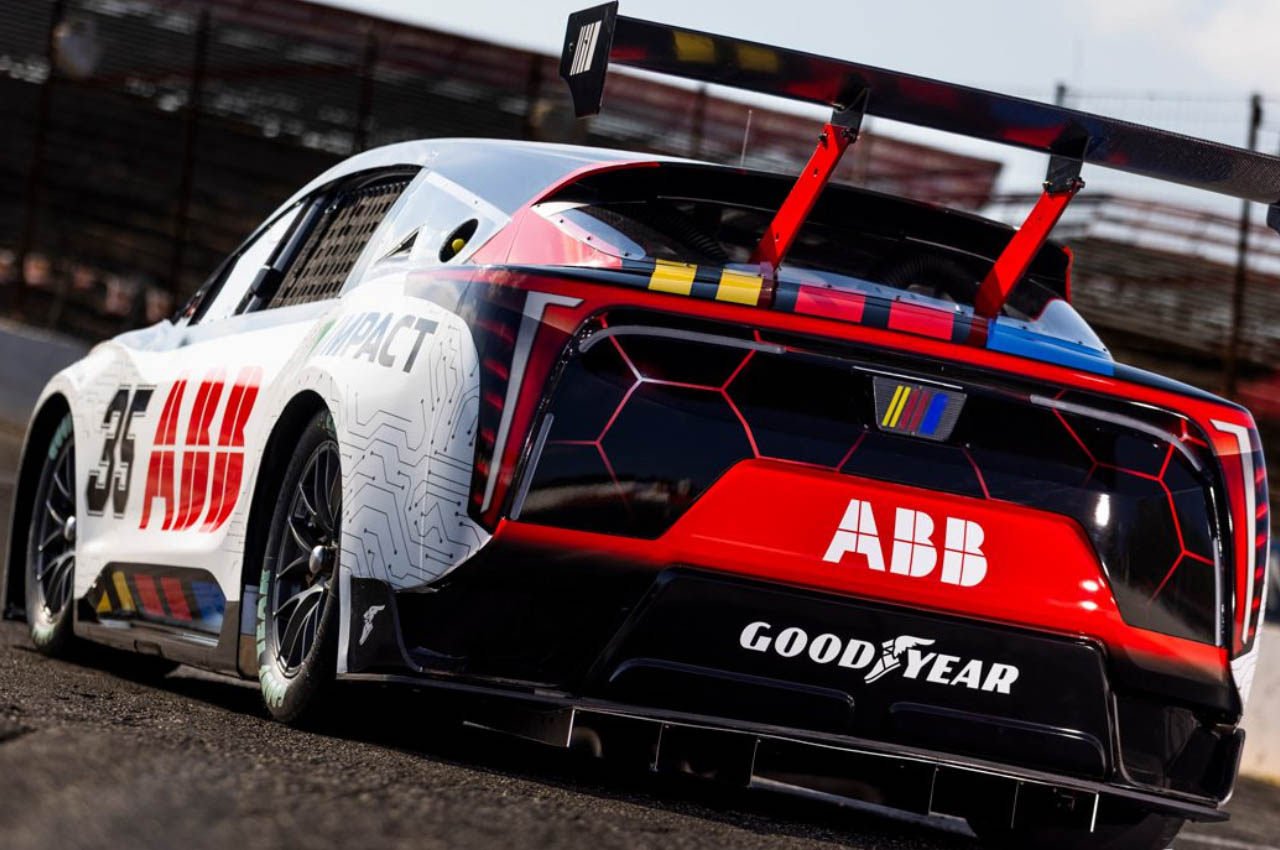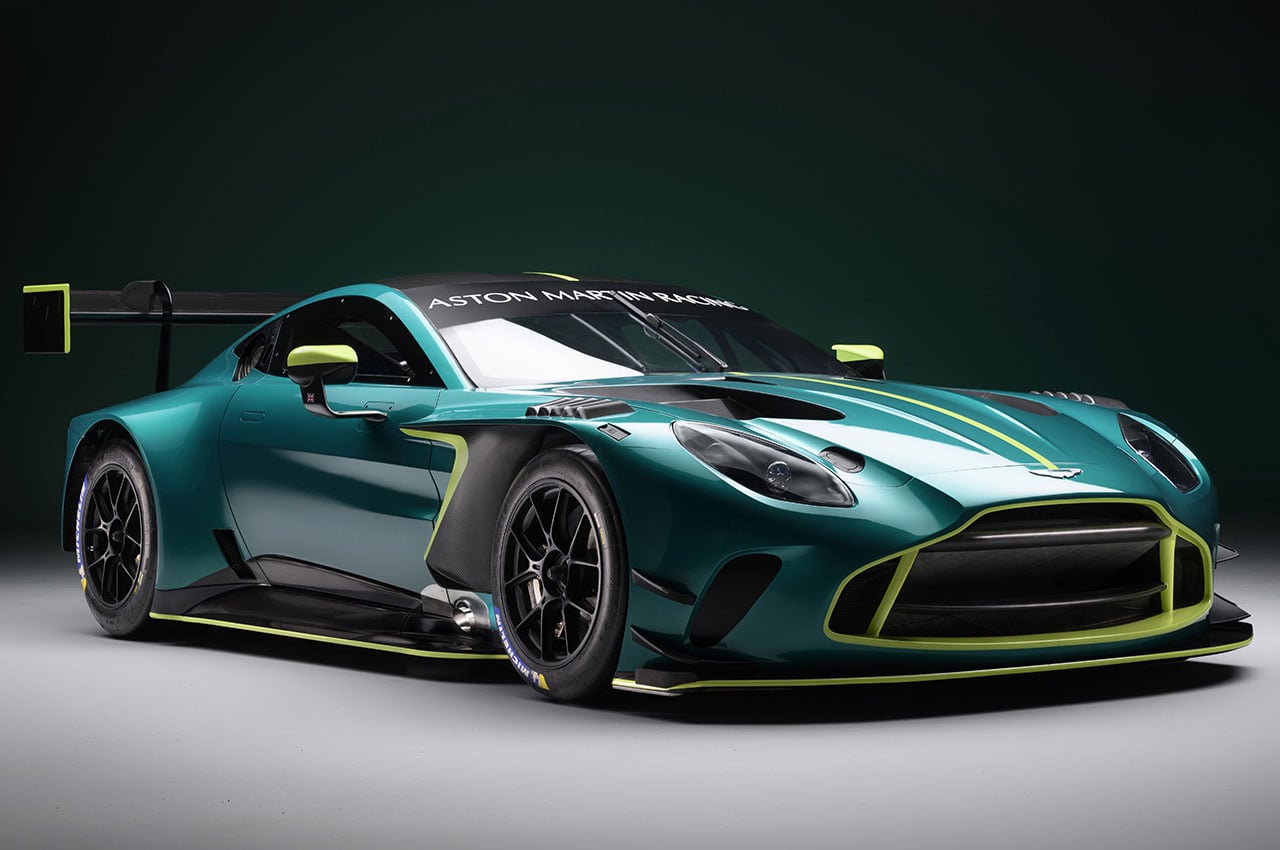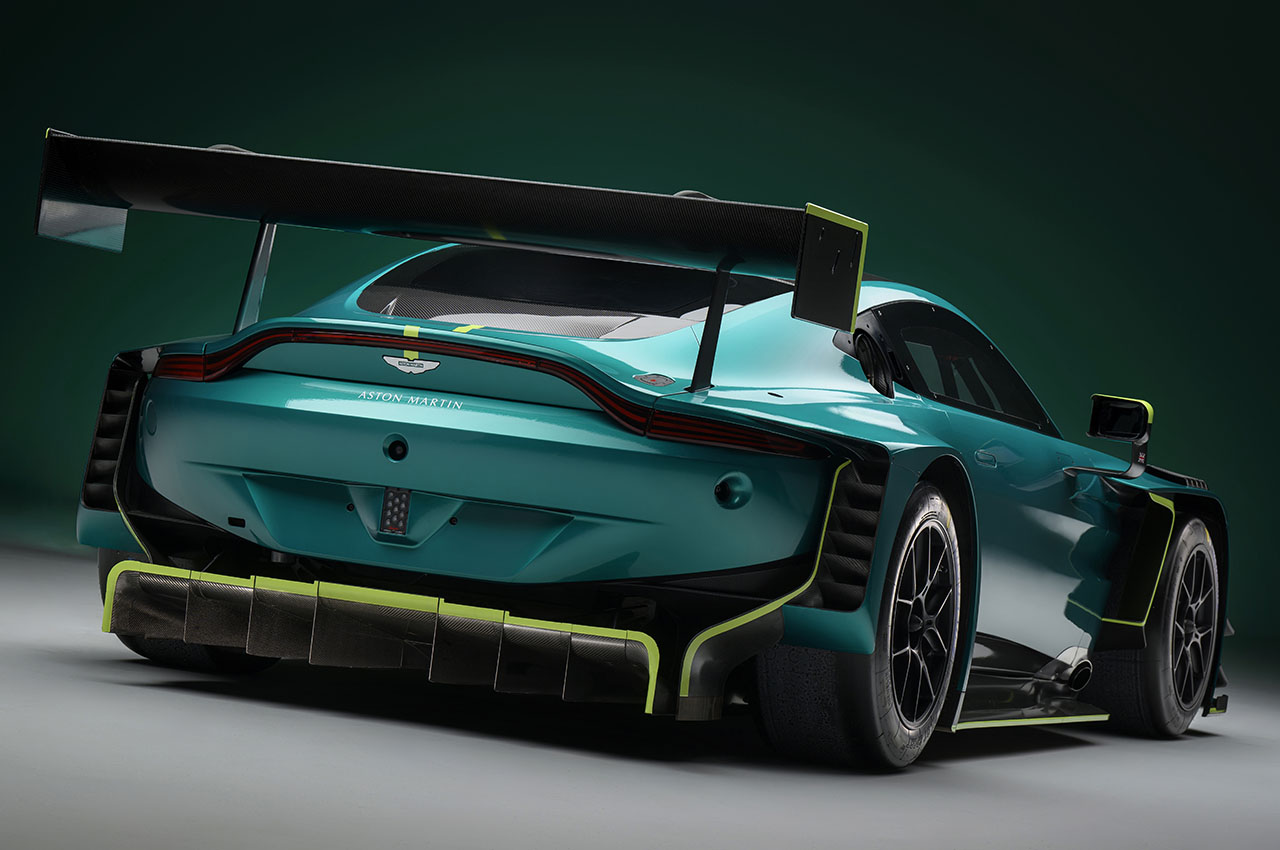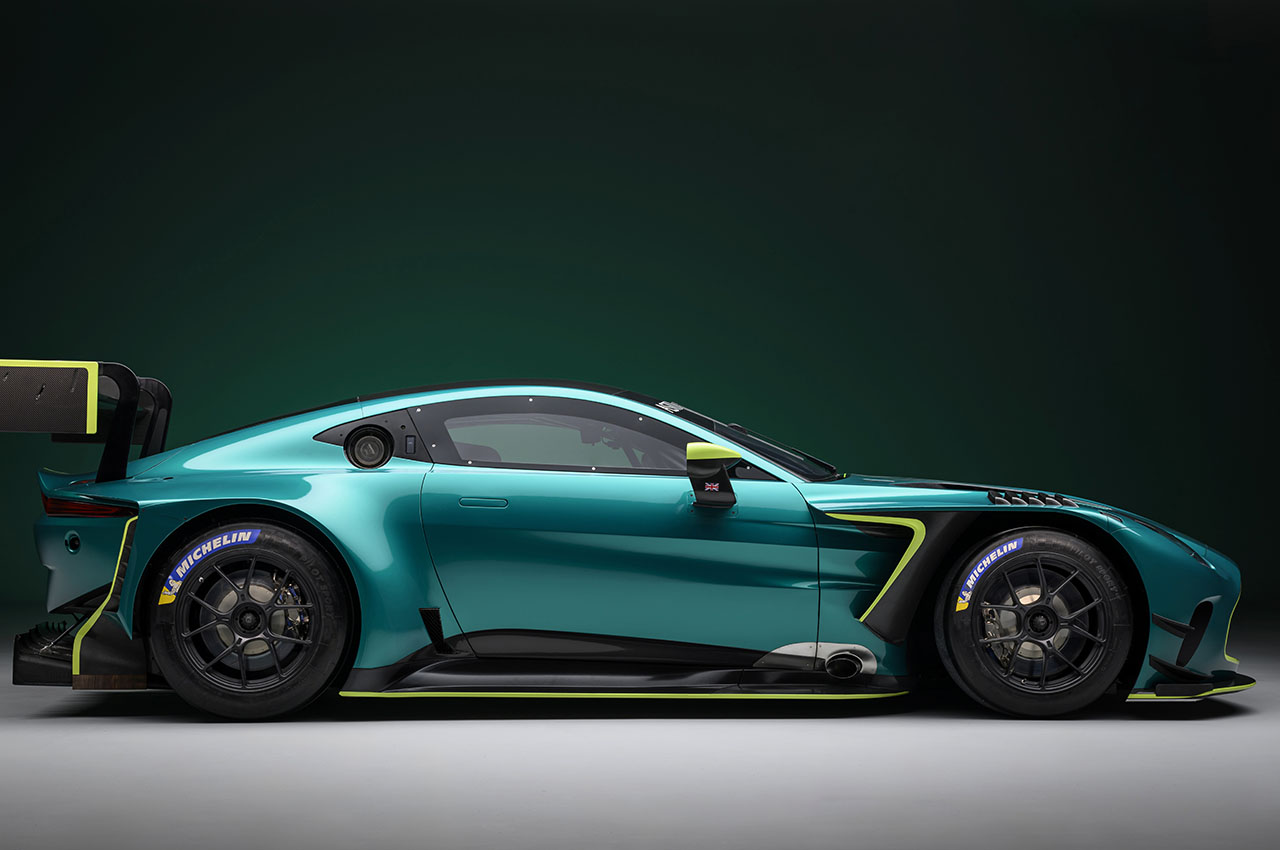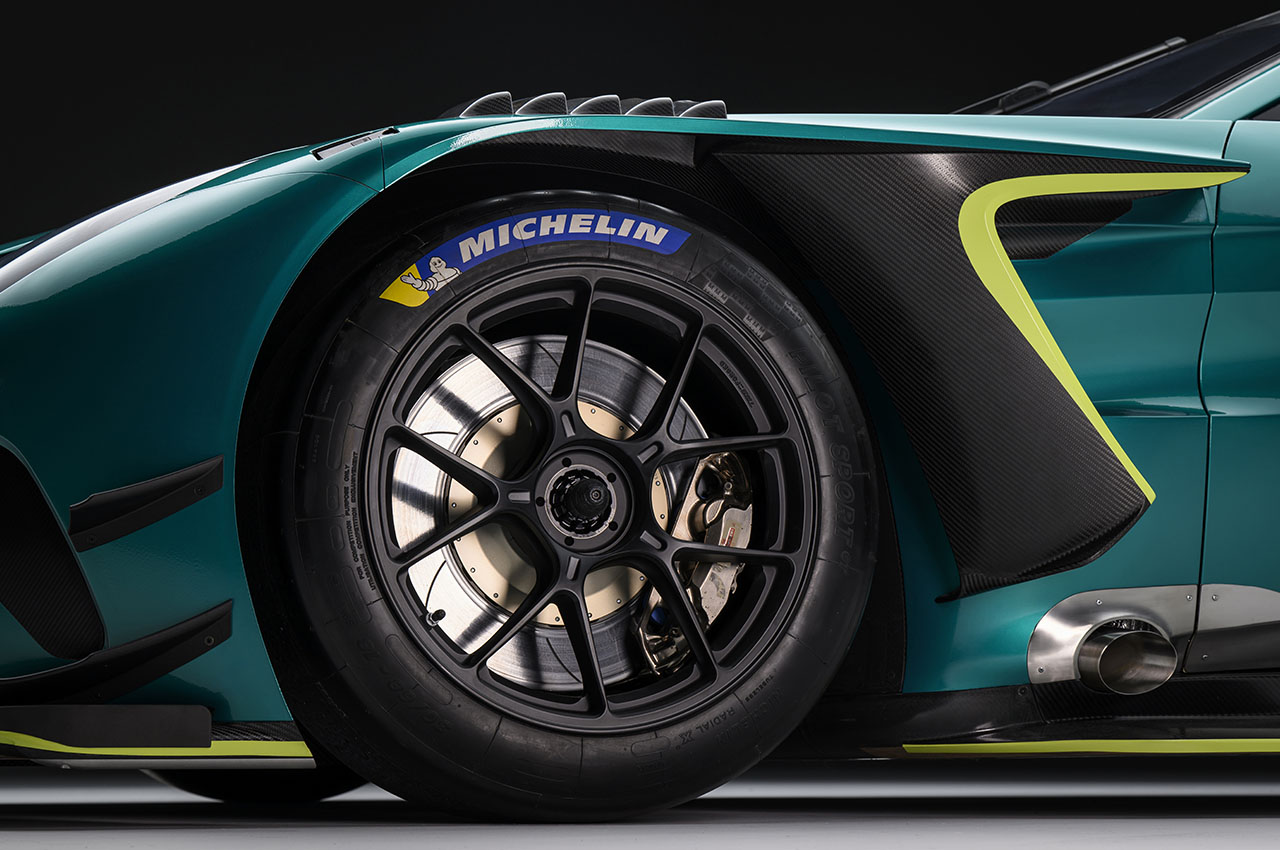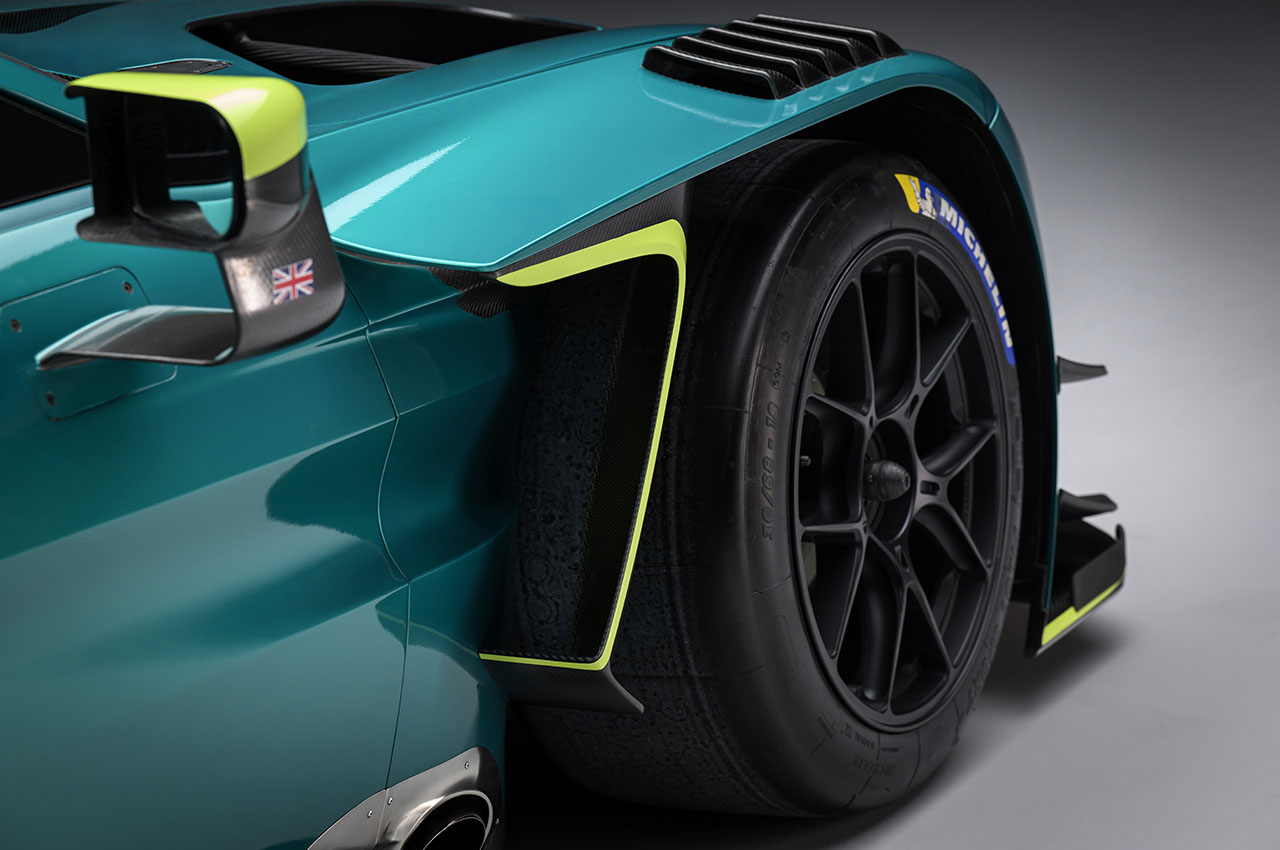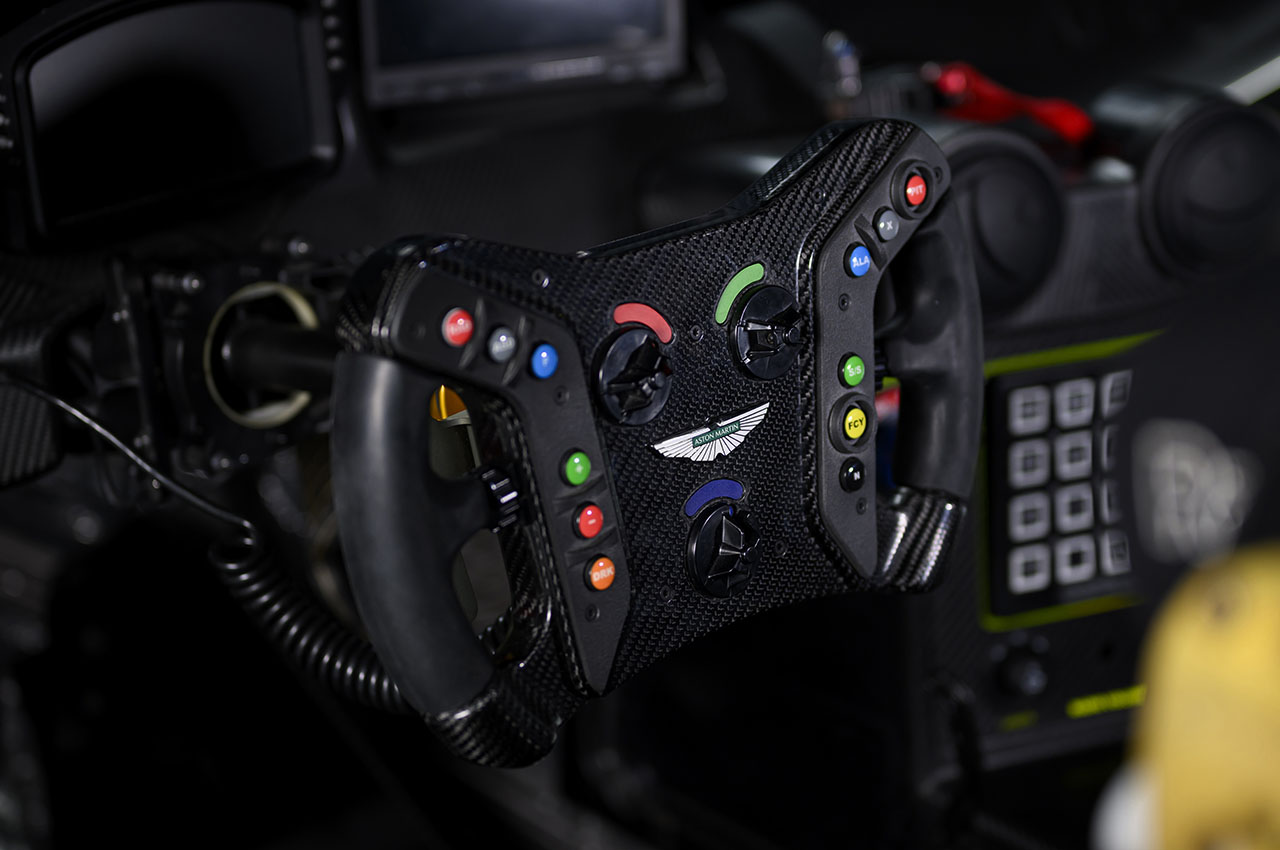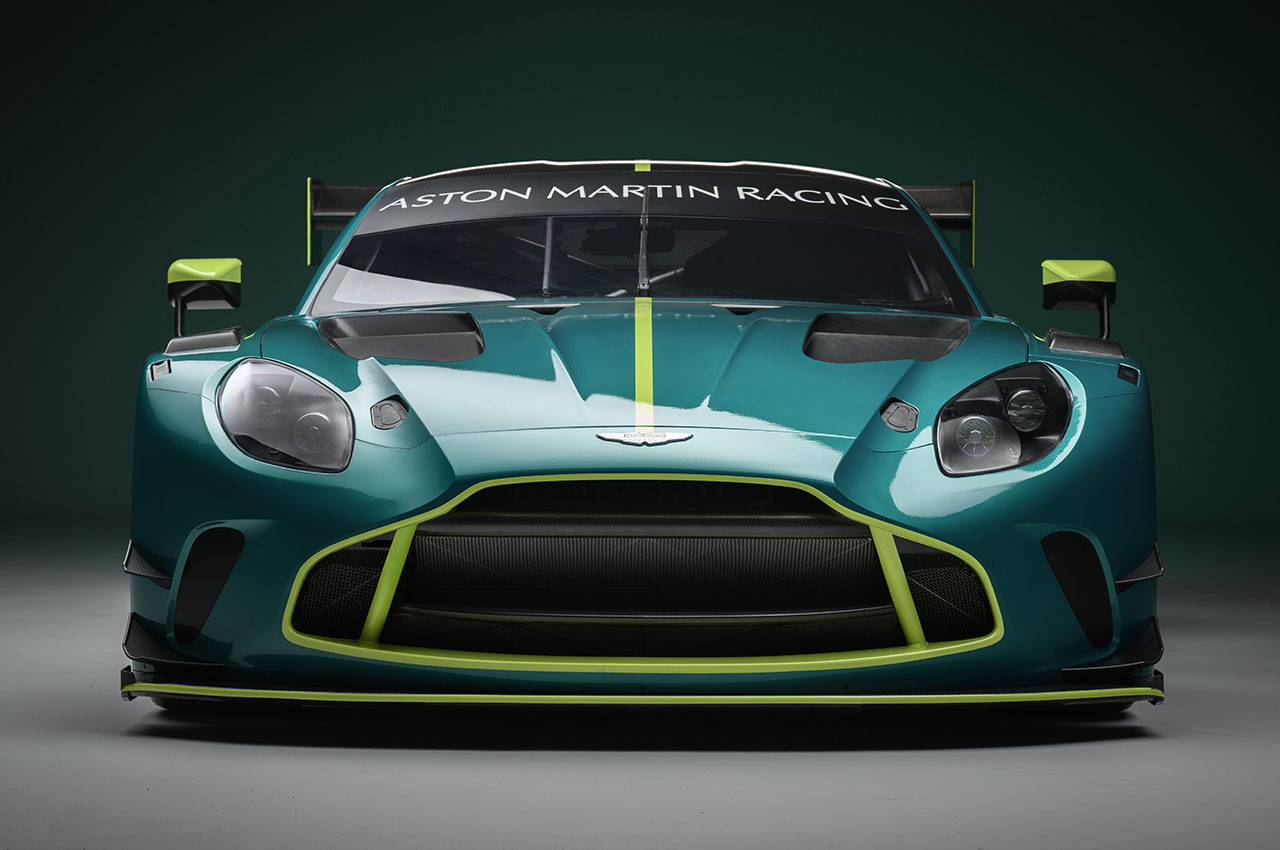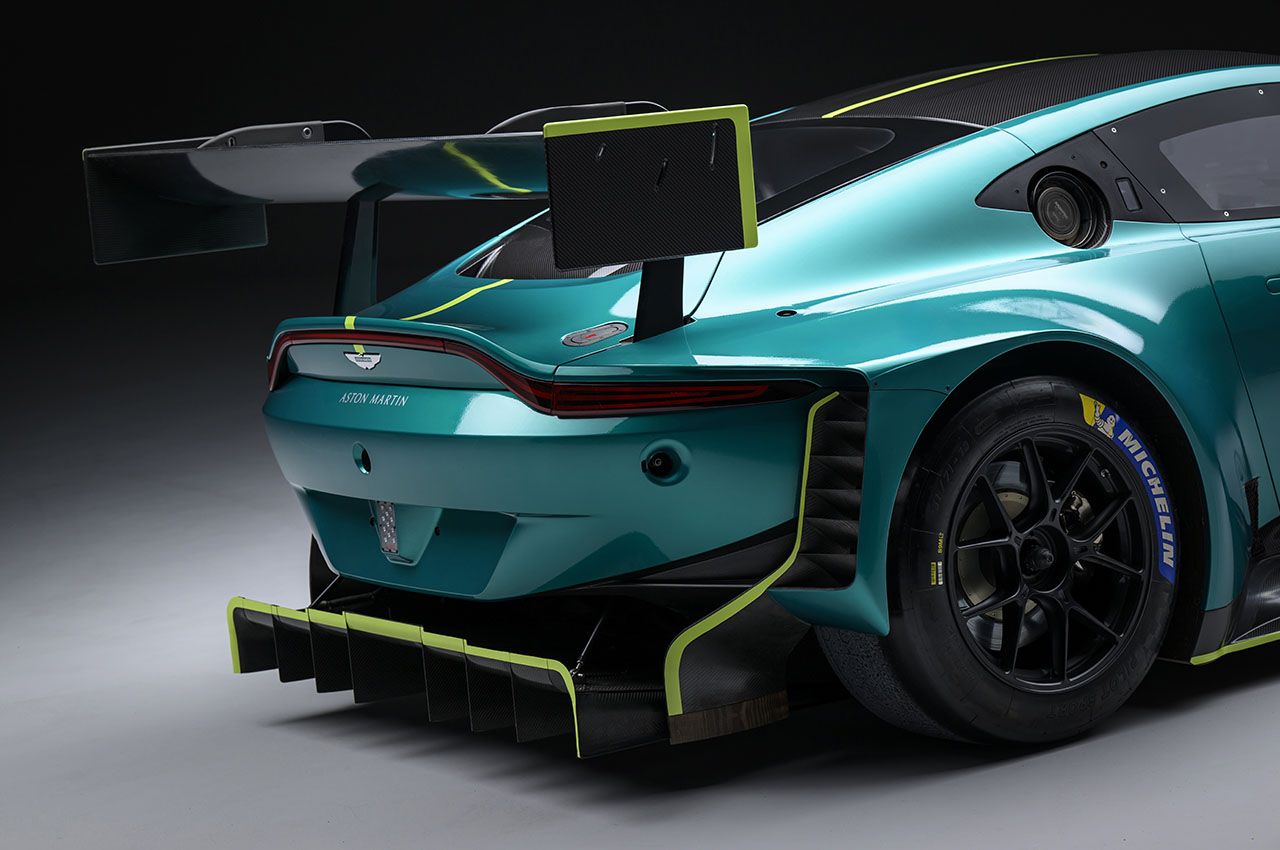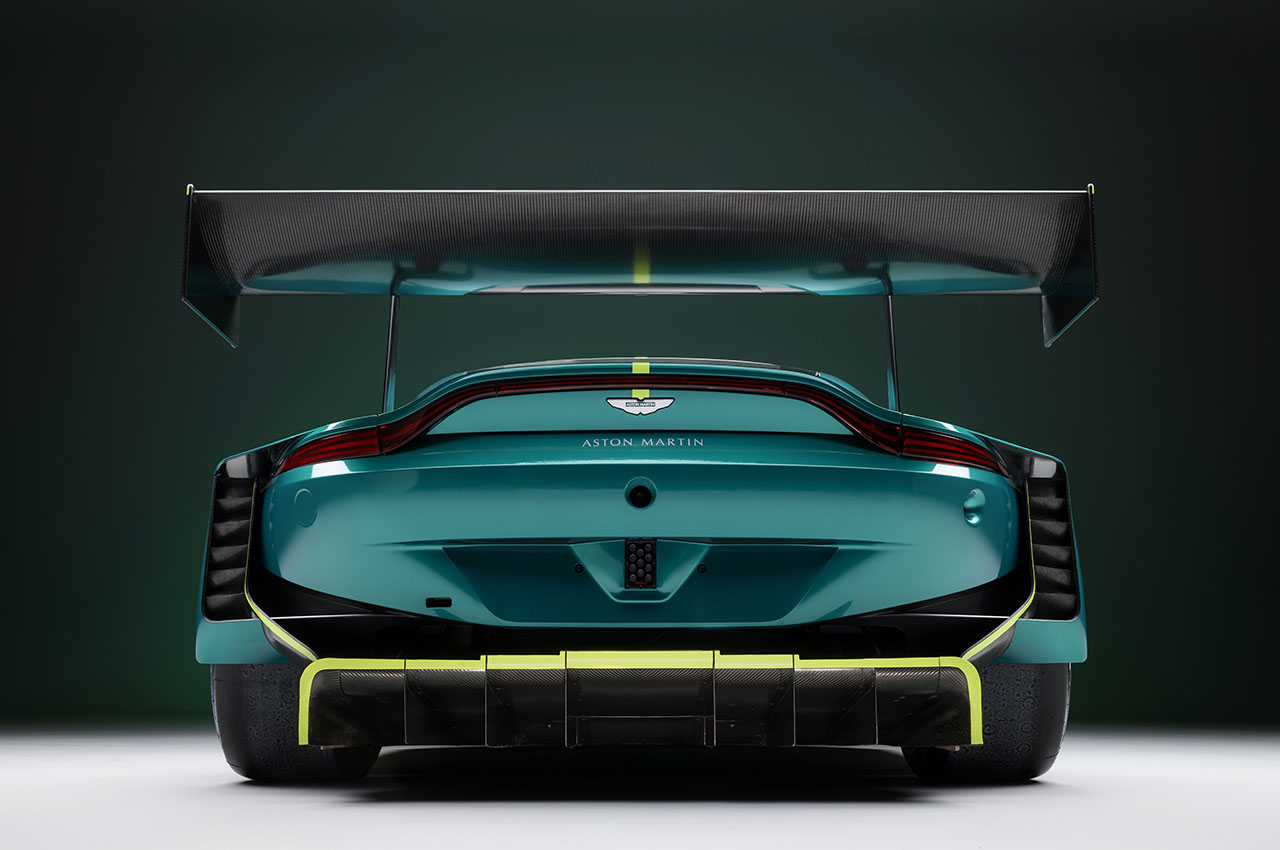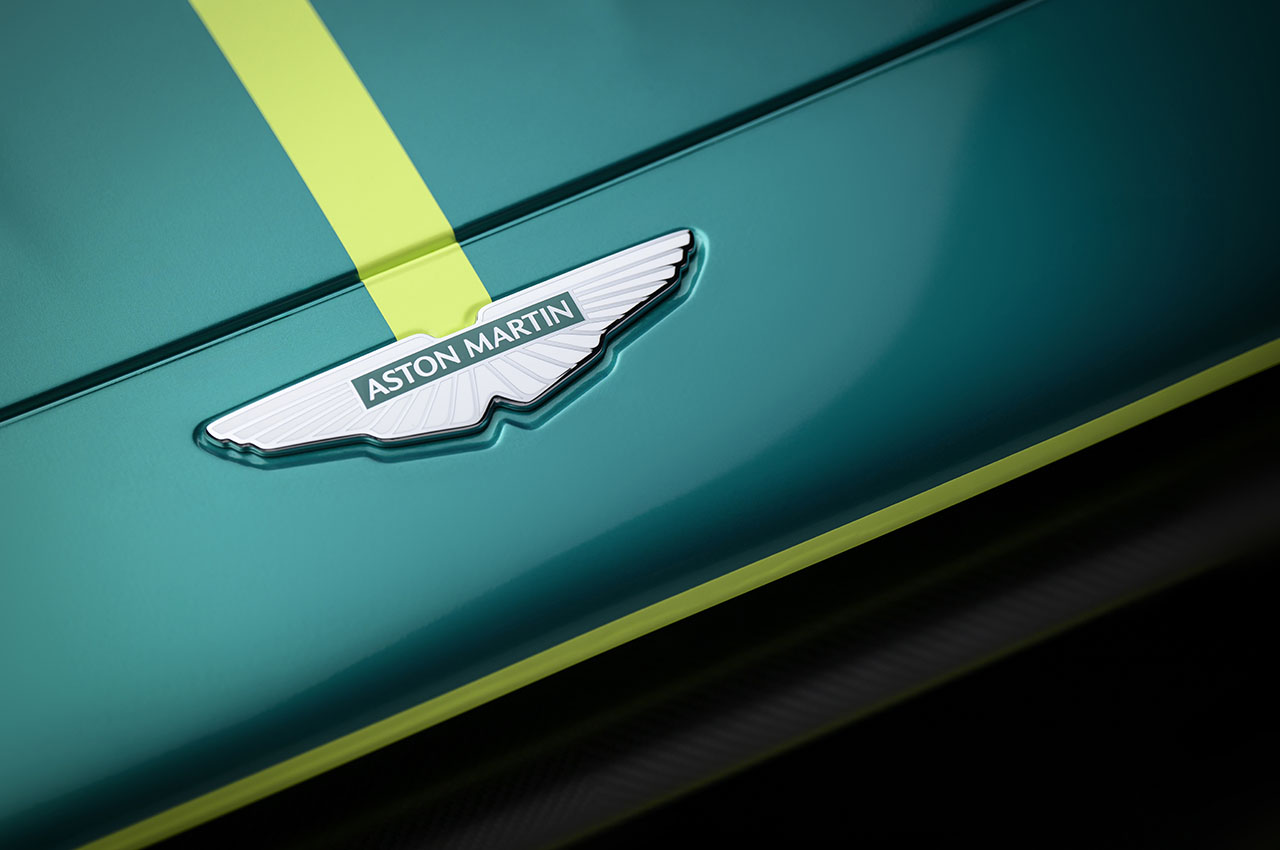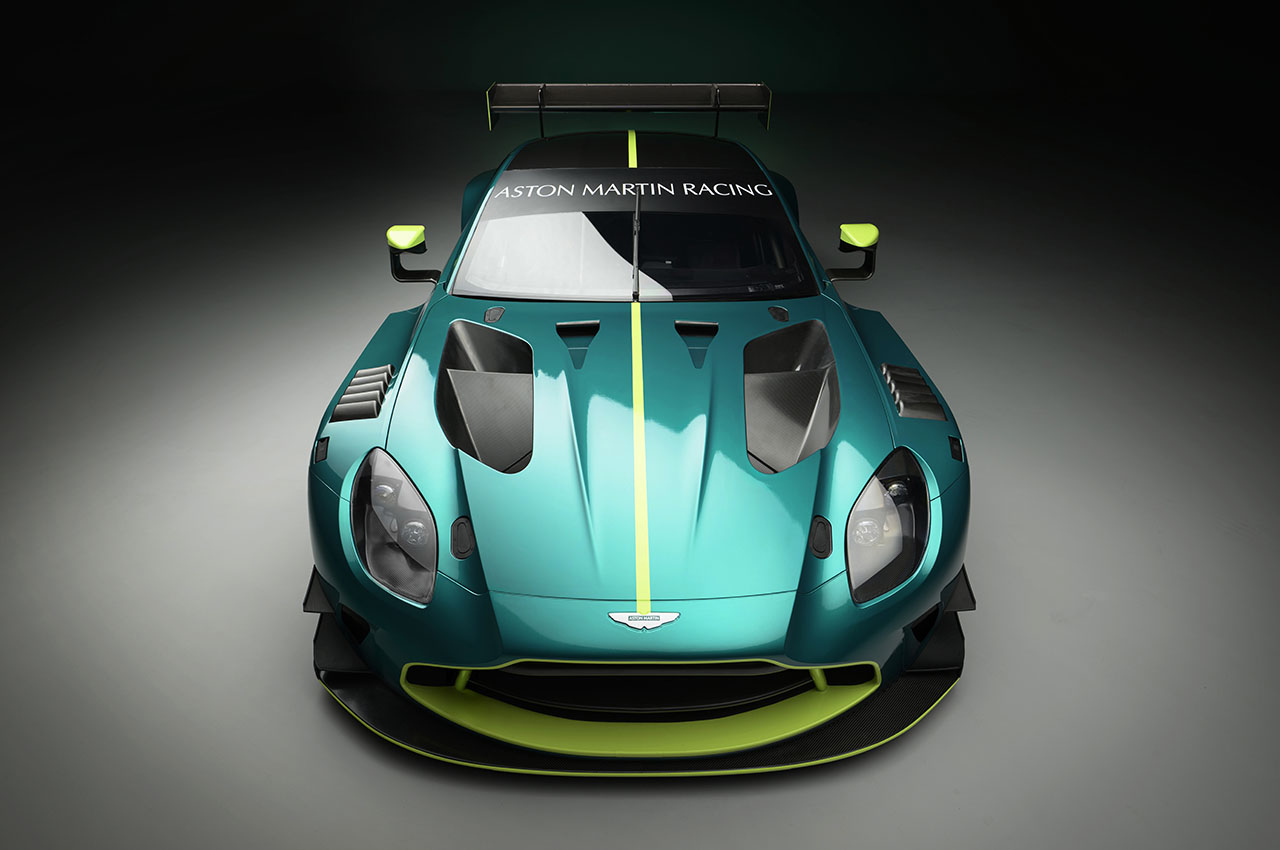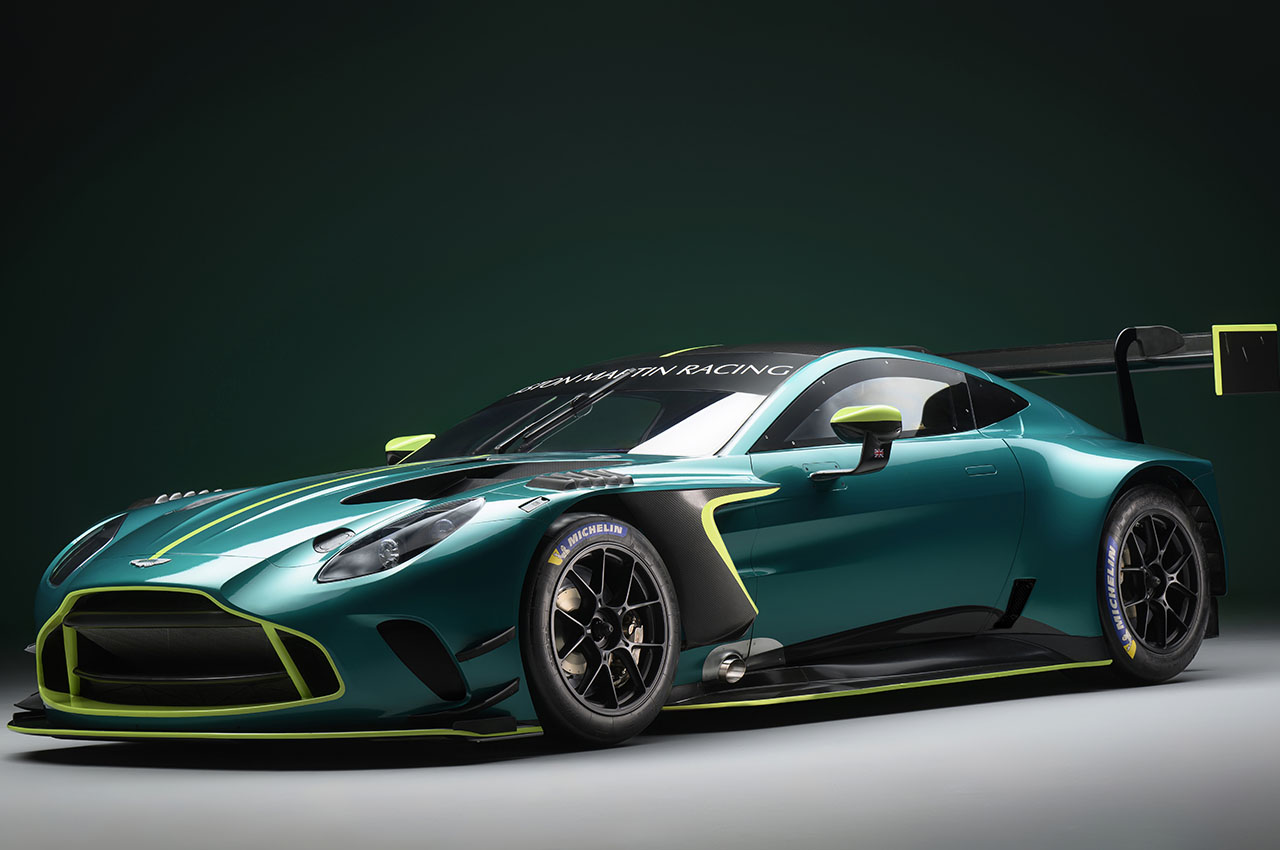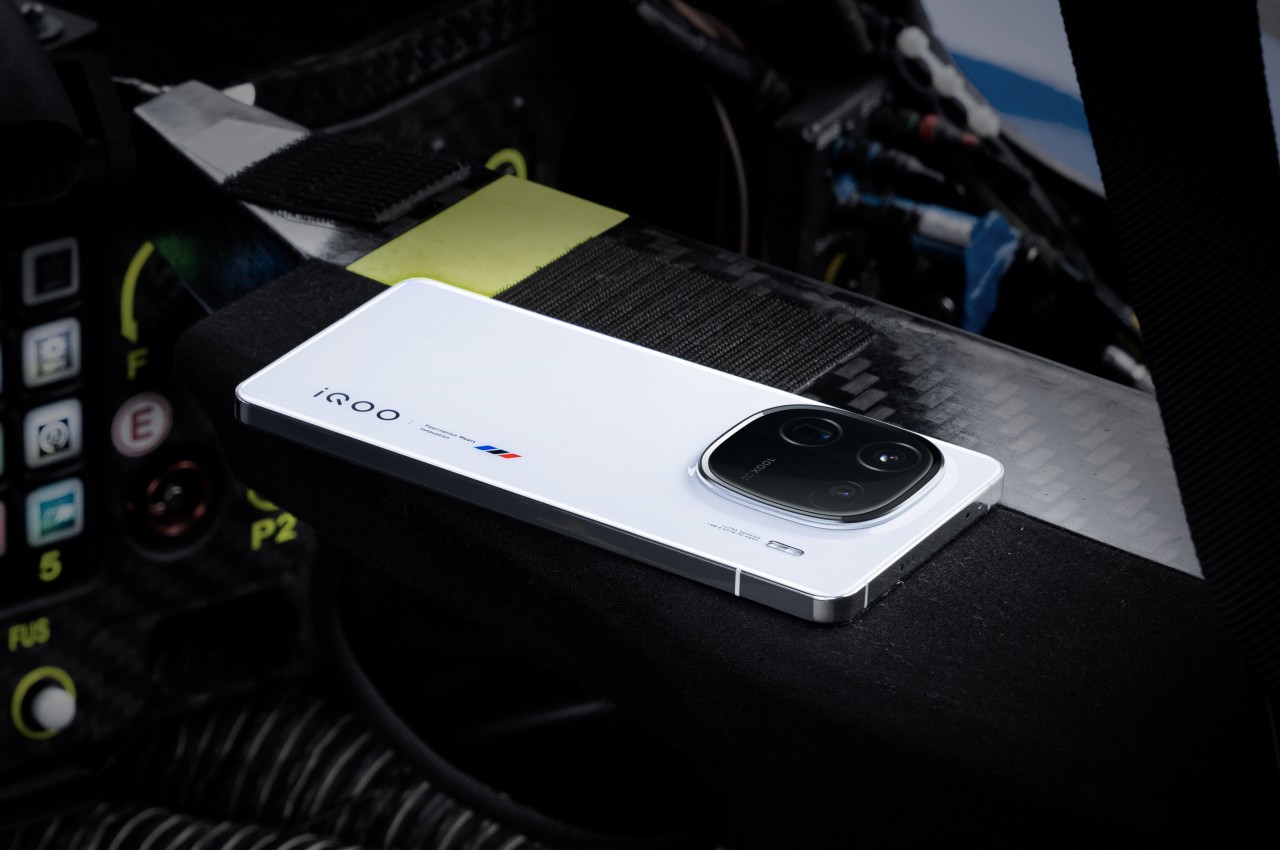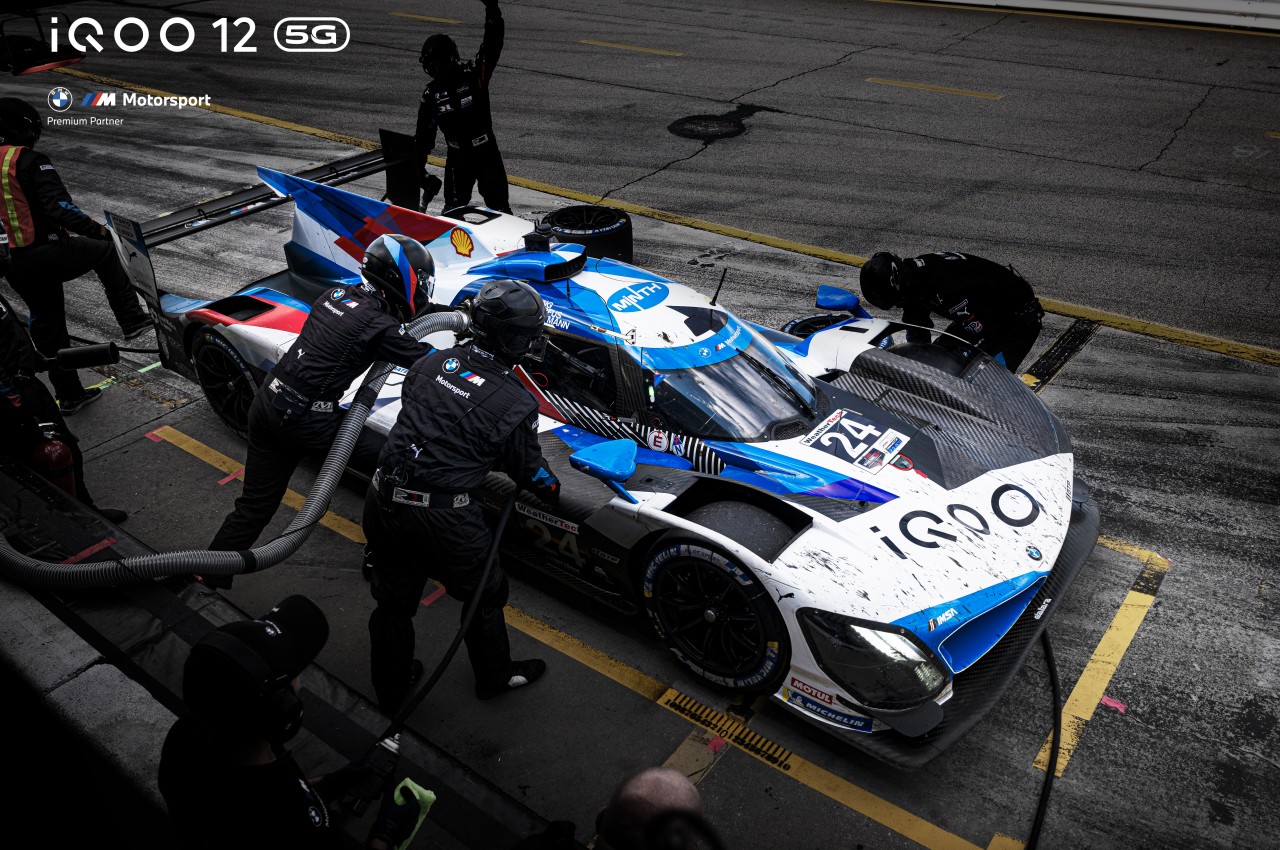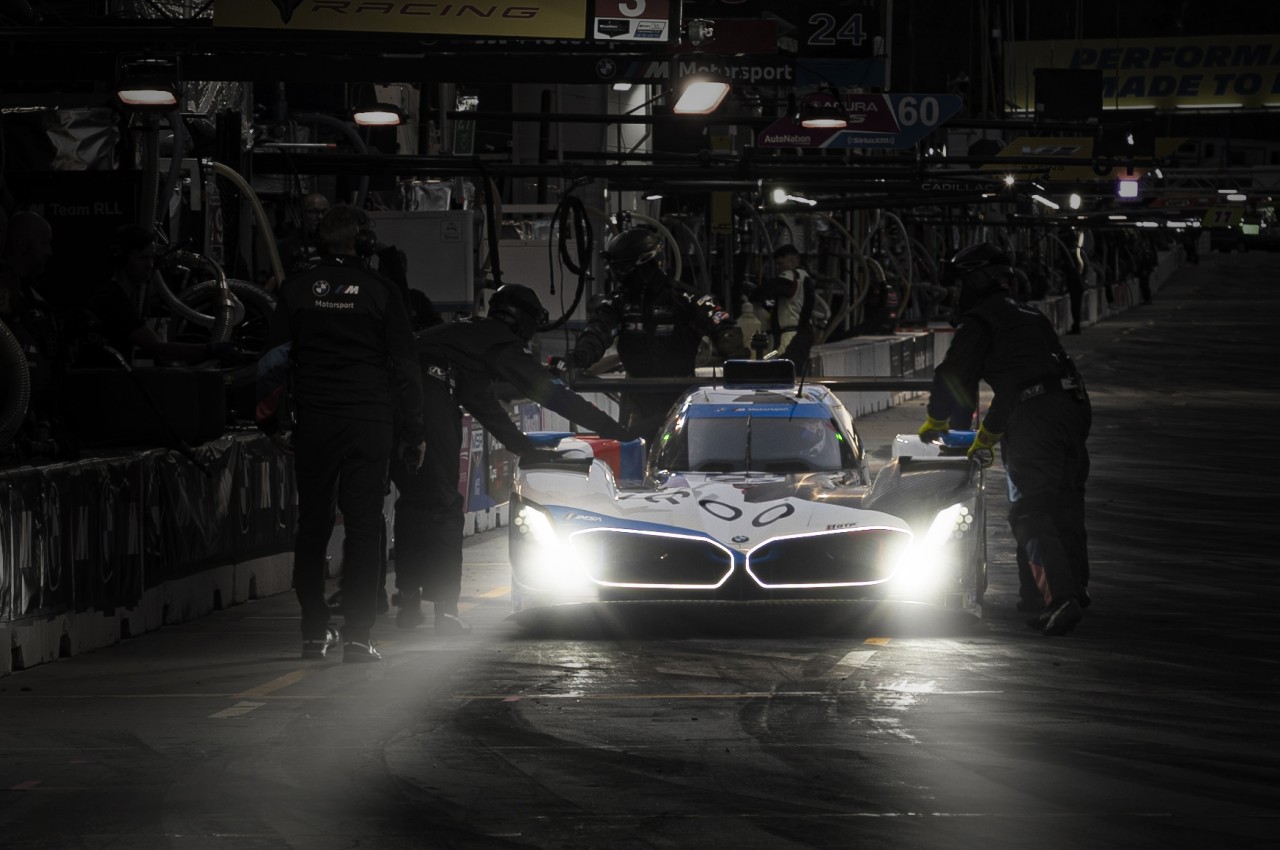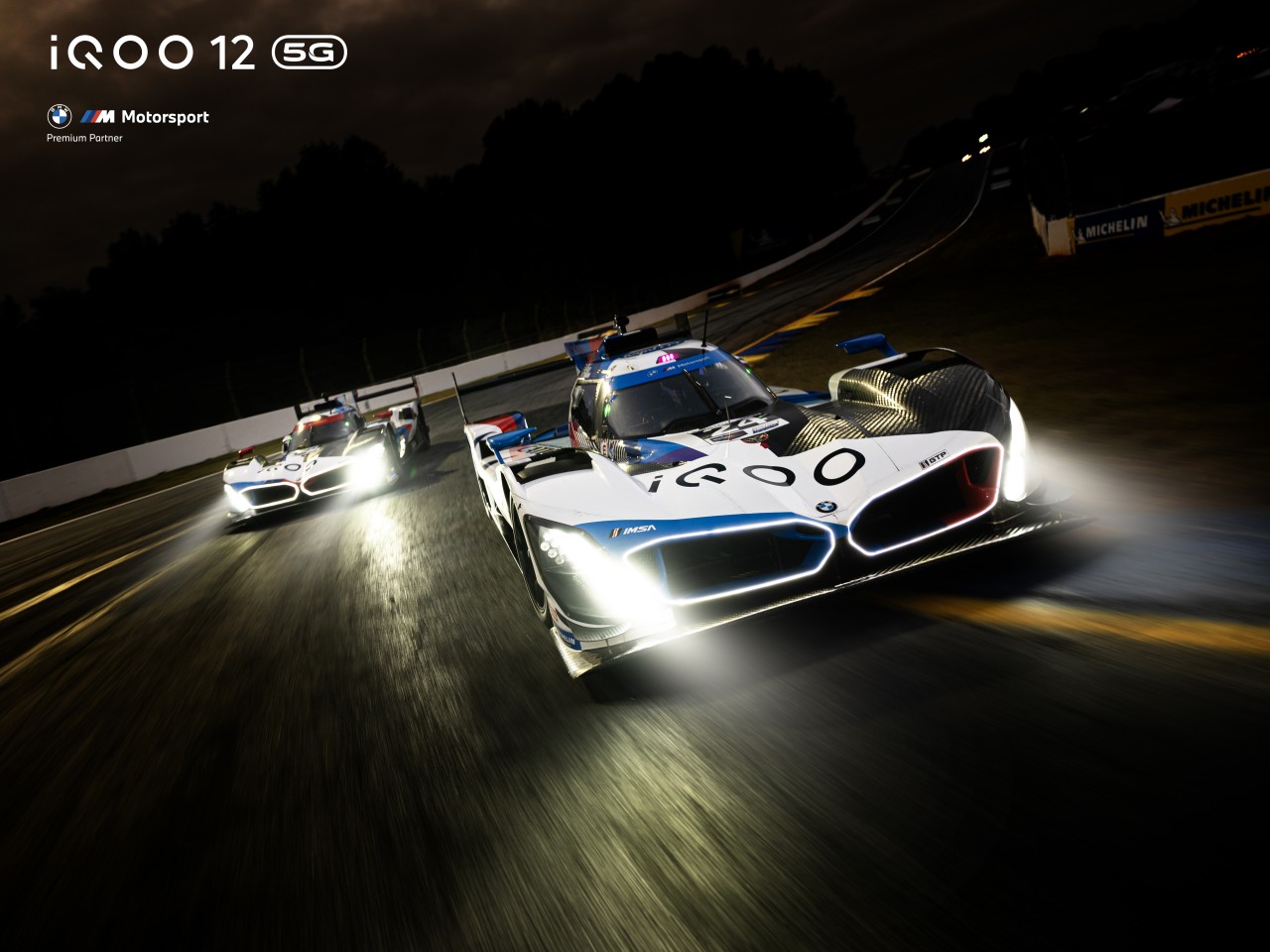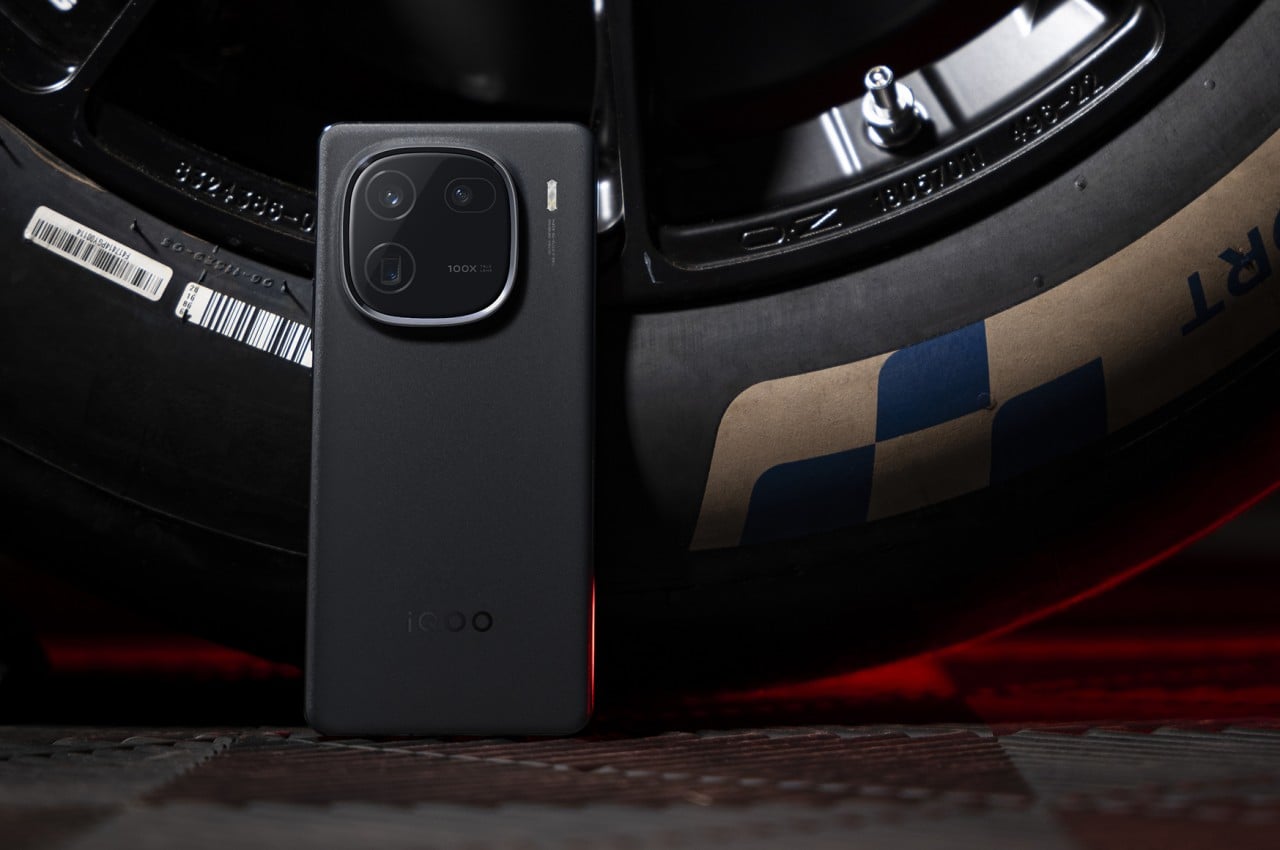
Xiaomi is best known for its consumer electronics products, but now they want to try their hand at the highly competitive performance electric vehicle market. Yes, you read that right, the Chinese OEM has debuted a tri-motor prototype version of the SU7 EV called the SU7 Ultra. Its automotive wing, Xiaomi Automobile was founded in September 2021 and the first ever BEV launched in late 2023.
The high-performance SU7 Ultra generates a combined output of 1,527 hp from its three-motor powertrain. That results in an acceleration of 0-62 mph in just 1.97 and a top speed of 217 mph. The EV is under development right now and Xiaomi promises to set the official lap time at the Nürburgring racetrack in October.
Designer: Xiaomi


This performance EV looks quite similar to the Porsche Taycan Turbo GT, and aims to beat the 7:05:298 minutes lap record at the famous German track by the Rimac Nevera. We cannot bet against that as one of the modes in the all-wheel drive SU7 Max can generate 664 hp and 618 lbs of torque for blazing fast take-off from a standing position. The aero package on the car helps keep it glued to the ground with 4,700 pounds of downforce for superior turning and top speed. The performance EV is equipped with AP Racing high-performance brake calipers and motor reverse braking for deceleration force over 2.36G, for late braking capabilities while being blazing fast on straights.

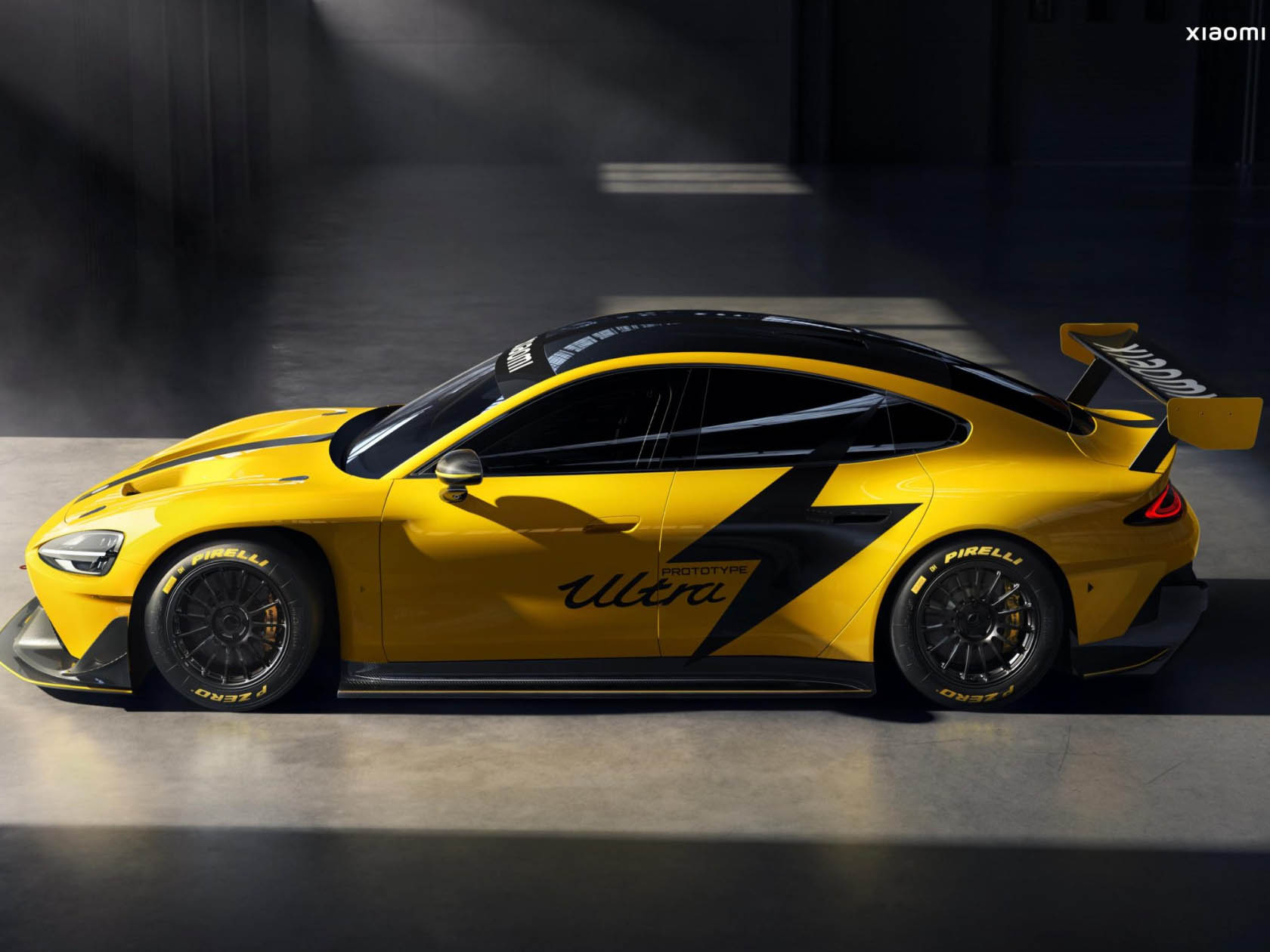
With an eye on peak performance every little addition or change matters. The SU7 Ultra therefore gets carbon fiber for most of its body parts to reduce the overall weight to 4,400 pounds. We are expecting a good balance between the power-to-weight ratio to extract maximum performance on the tarmac. Xiaomi has not revealed any other details so far, but we assume it’ll be fitted with at least a 130 kWh or 150 kWh capacity battery. The car should also get a rapid charging feature to achieve a full charge in under half an hour. When the car will go on sale is also unclear but we can expect it to challenge lap records at many race circuits in the coming year.
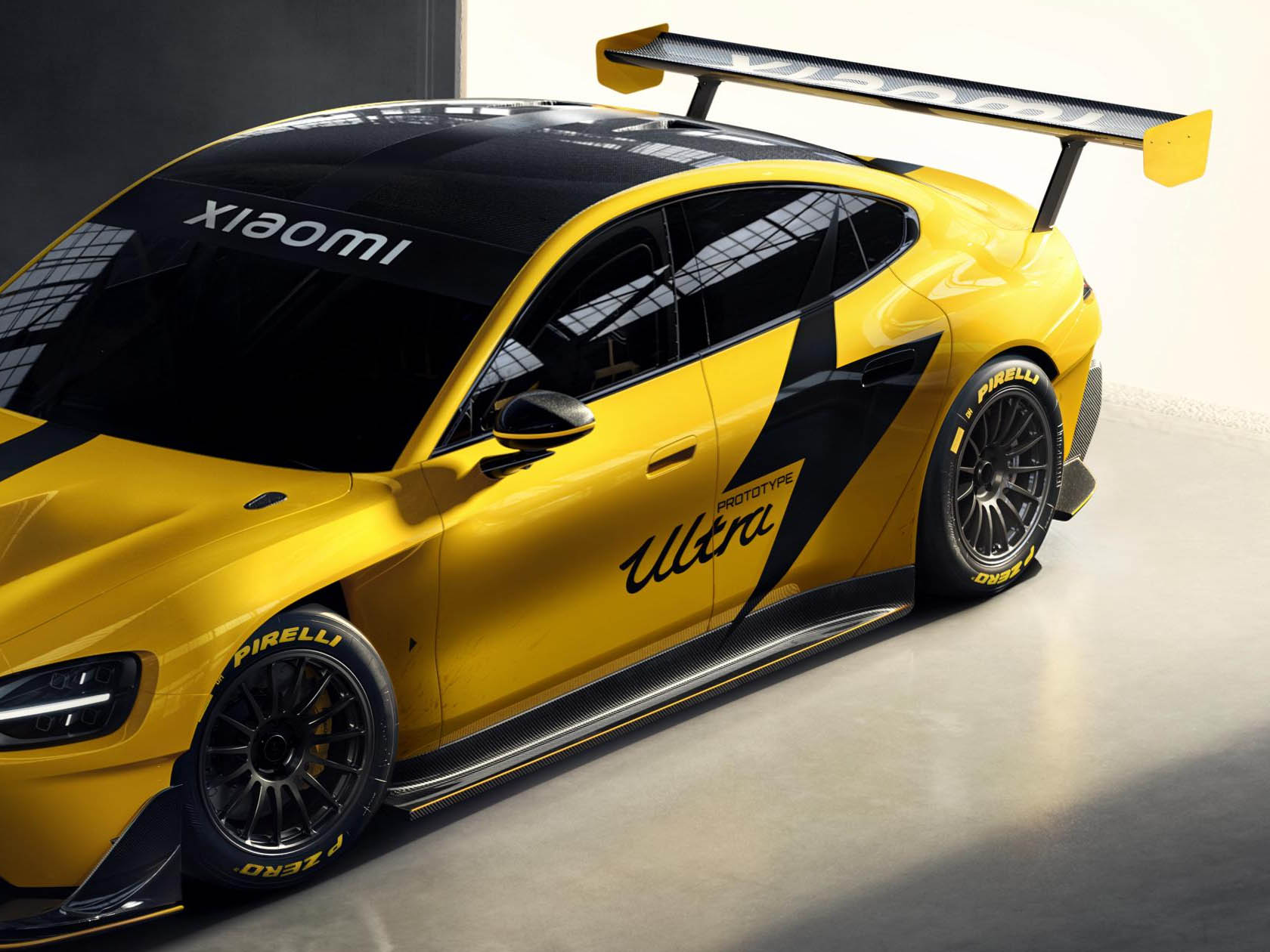

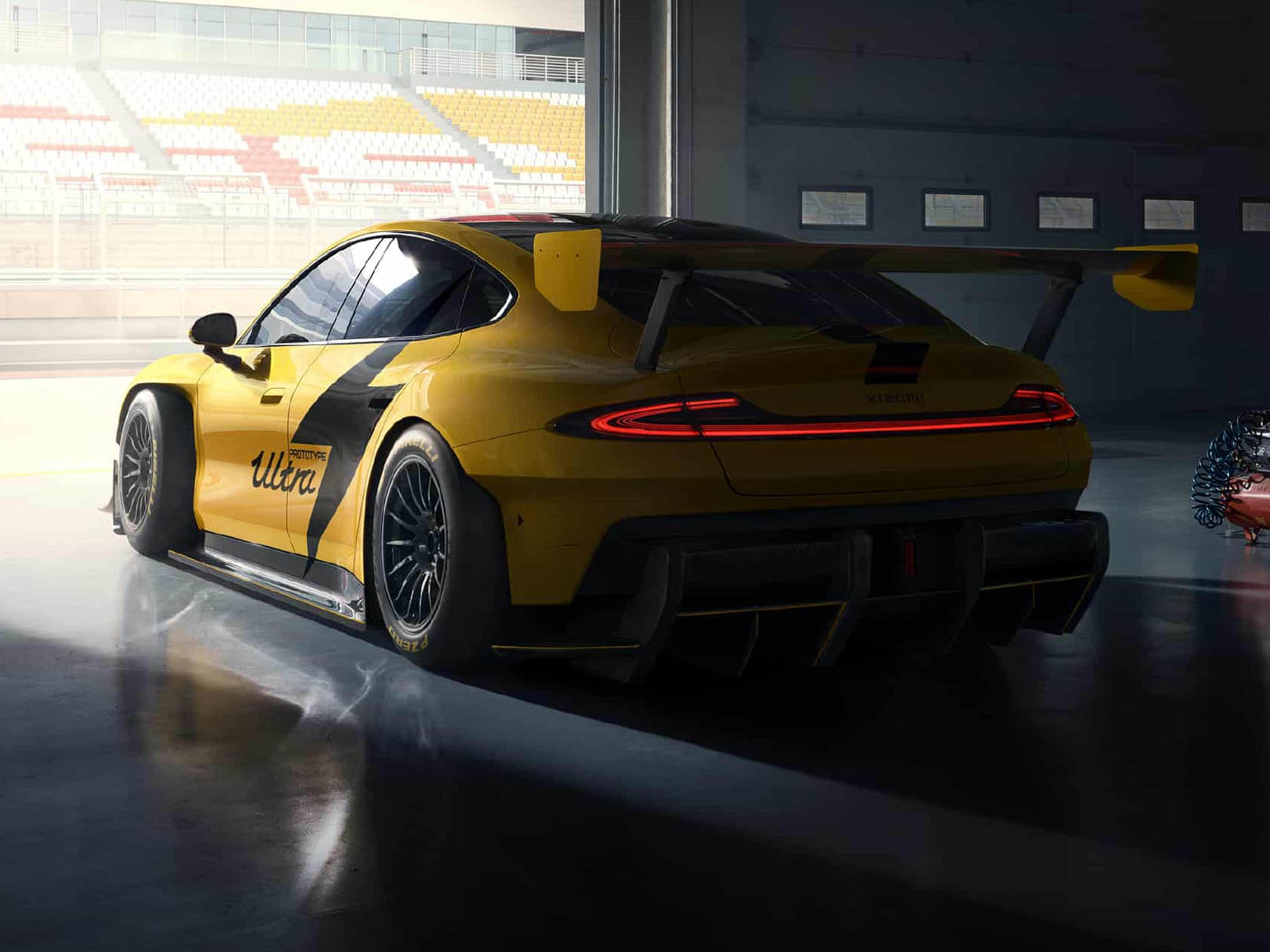
The post Xiaomi SU7 Ultra performance EV churns out 1,527 hp to chase down Porsche Taycan Turbo GT first appeared on Yanko Design.
